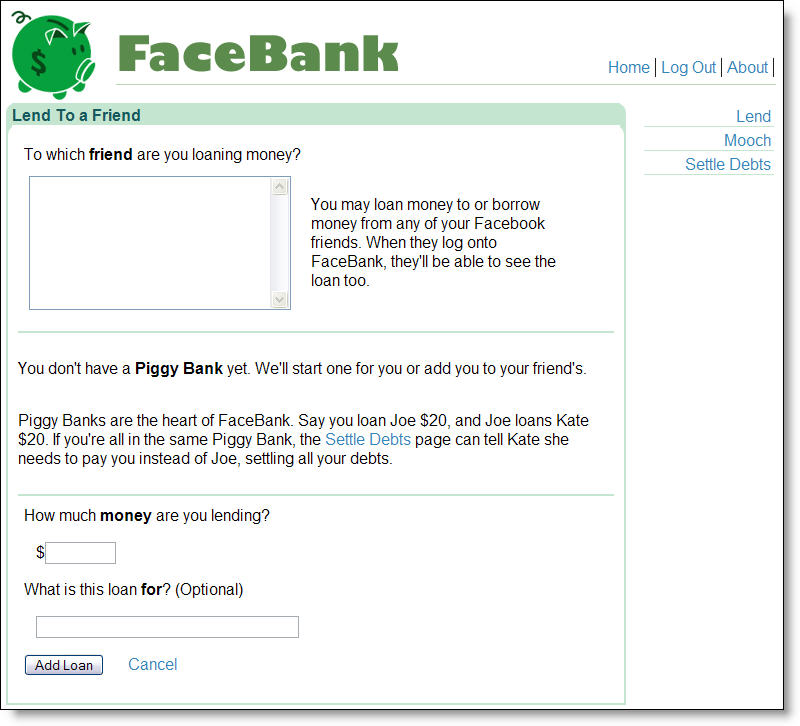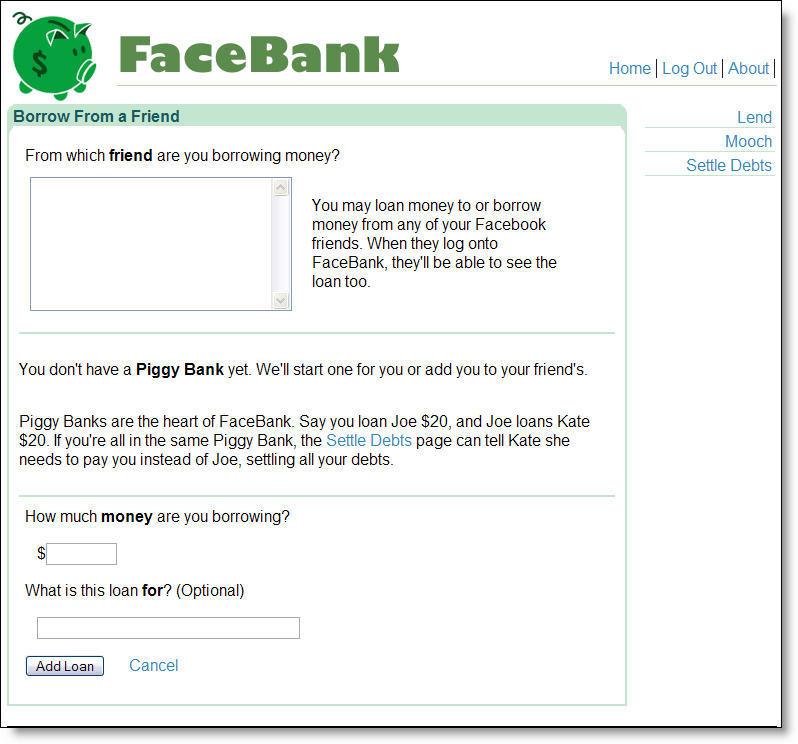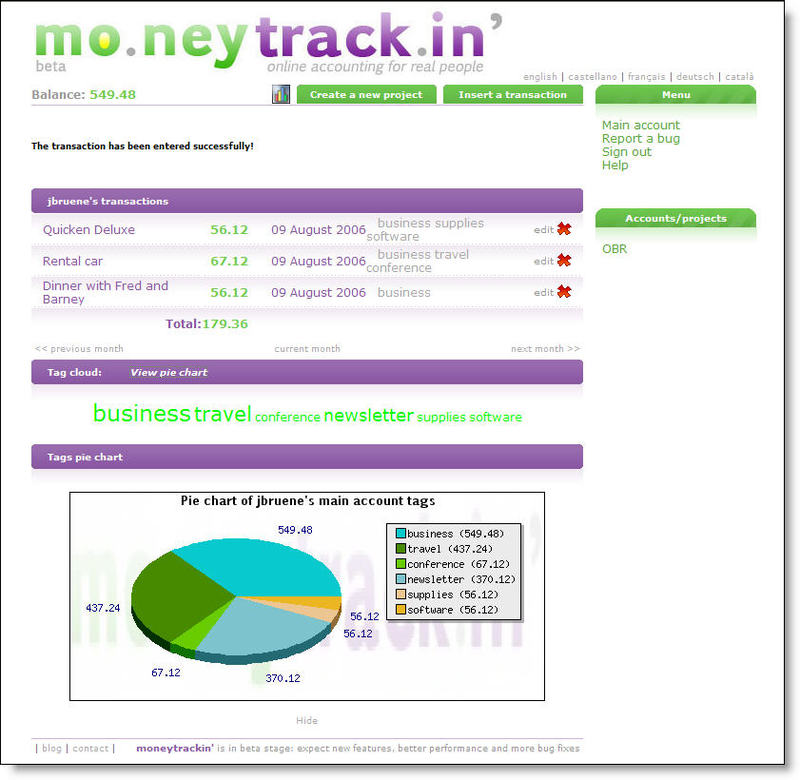While the number of external blogs at U.S. banks and credit unions can be counted on your fingers today, that won't last. Here's the eight we've heard about:
- Bank of Internet (MyRVBank and Senior BofI)
- First Tech Credit Union (began April 2006; see screenshot below)
- Forum Credit Union
- Savings & Loan Credit Union (Australia)
- Service One Credit Union
- Vancity Credit Union (Canada)
- Verity CU (began Dec. 2004)
- Wells Fargo Bank (began March 2006)
Source: OpenSourceCU.com, Online Banking Report
Trends The New York Times reported last Wednesday on the expected explosion of business blogging. Citing statistics from Nancy Flynn, director of the ePolicy Institute and author of Blog Rules, it is estimated that only 4% of major corporations operate external blogs today. However, 85% more plan to do likewise. Among small business, 10% have already incorporated blogs into their marketing plans.
The New York Times reported last Wednesday on the expected explosion of business blogging. Citing statistics from Nancy Flynn, director of the ePolicy Institute and author of Blog Rules, it is estimated that only 4% of major corporations operate external blogs today. However, 85% more plan to do likewise. Among small business, 10% have already incorporated blogs into their marketing plans.
Bank blogging forecast
We are in the process of developing a blogging forecast for release in November's Online Banking Report. Our preliminary estimate is that within two years, there will be at least 500 bank and credit union blogs.
It's no suprise that credit unions would jump on this trend; it fits right in with their membership and community focus. For example, Seattle's Verity CU has been blogging for almost two years (see 29 Aug 06). The unexpected first mover among major financial institutions is Wells Fargo (see 23 Sep 06), which has two blogs and six months' experience under its belt.
Action Items
If you pride yourself on having a state-of-the-art website, you'll want to add a blog in 2007. You can start with something relatively simple, such as First Tech Credit Union's news and announcement service. Then you can graduate to the more advanced versions with real personality, such as Verity Credit Union's and Wells Fargo's Student Loandown.







